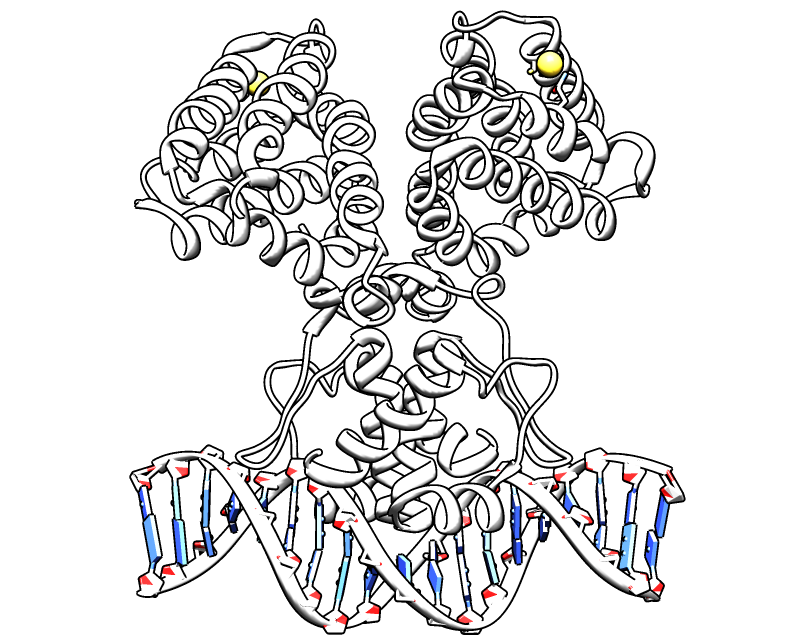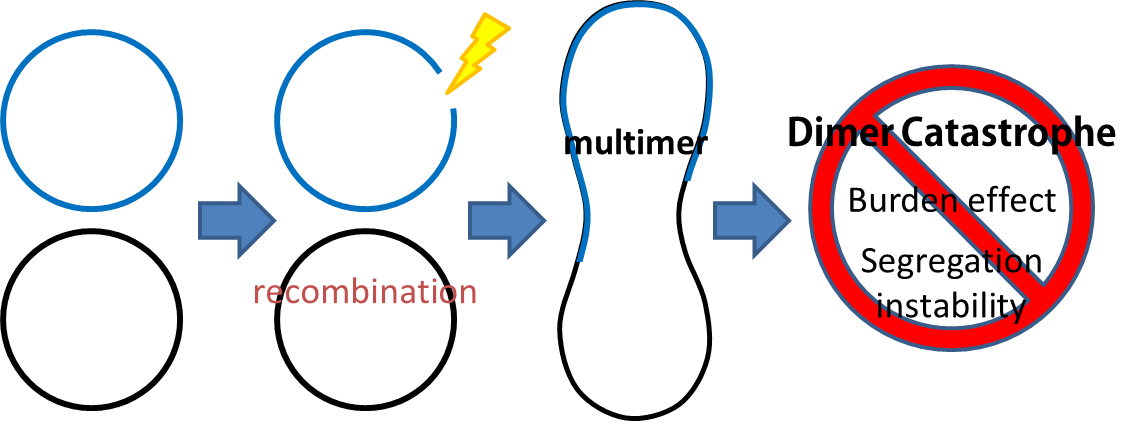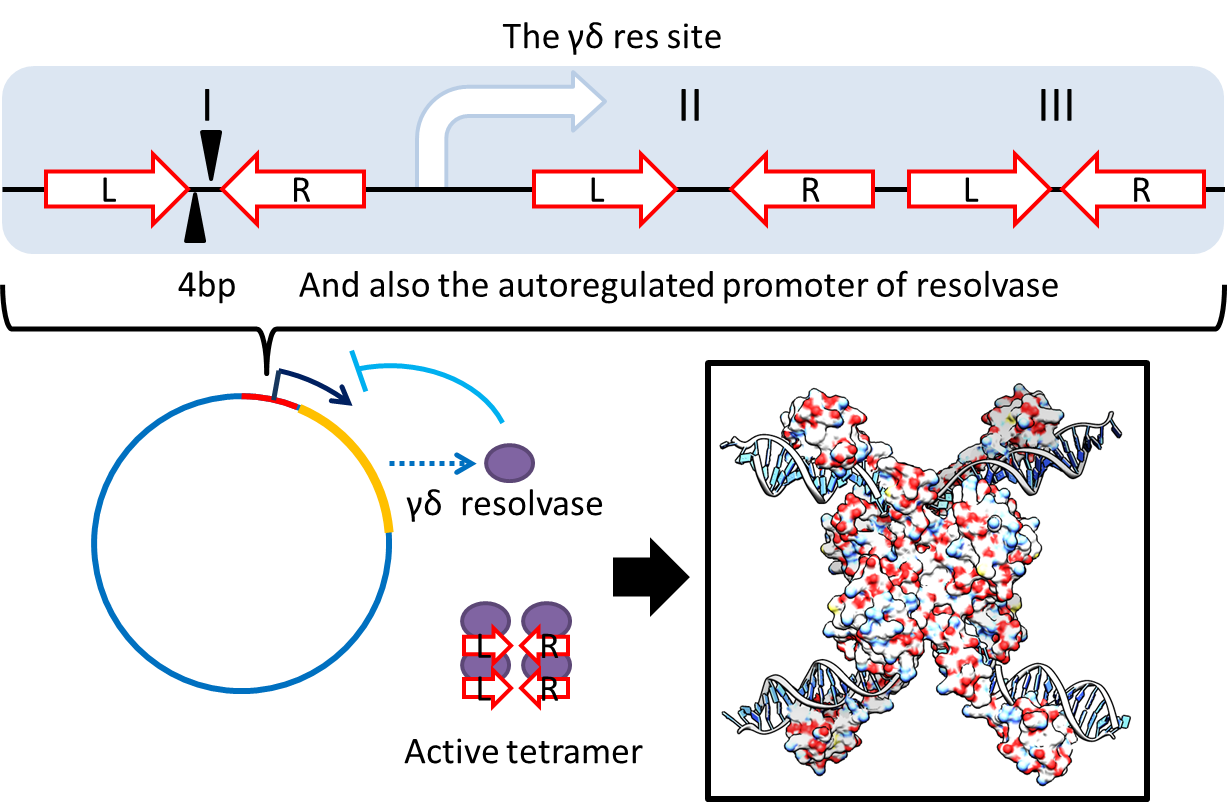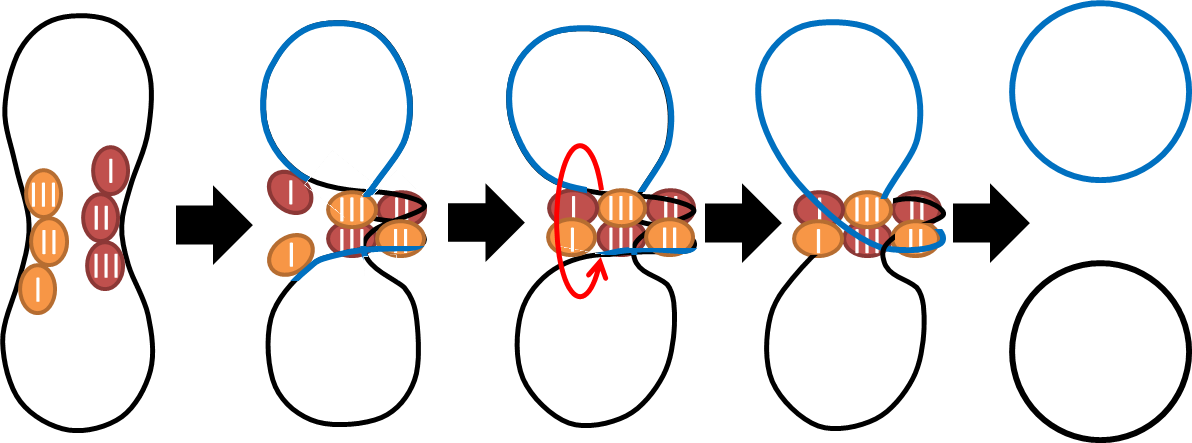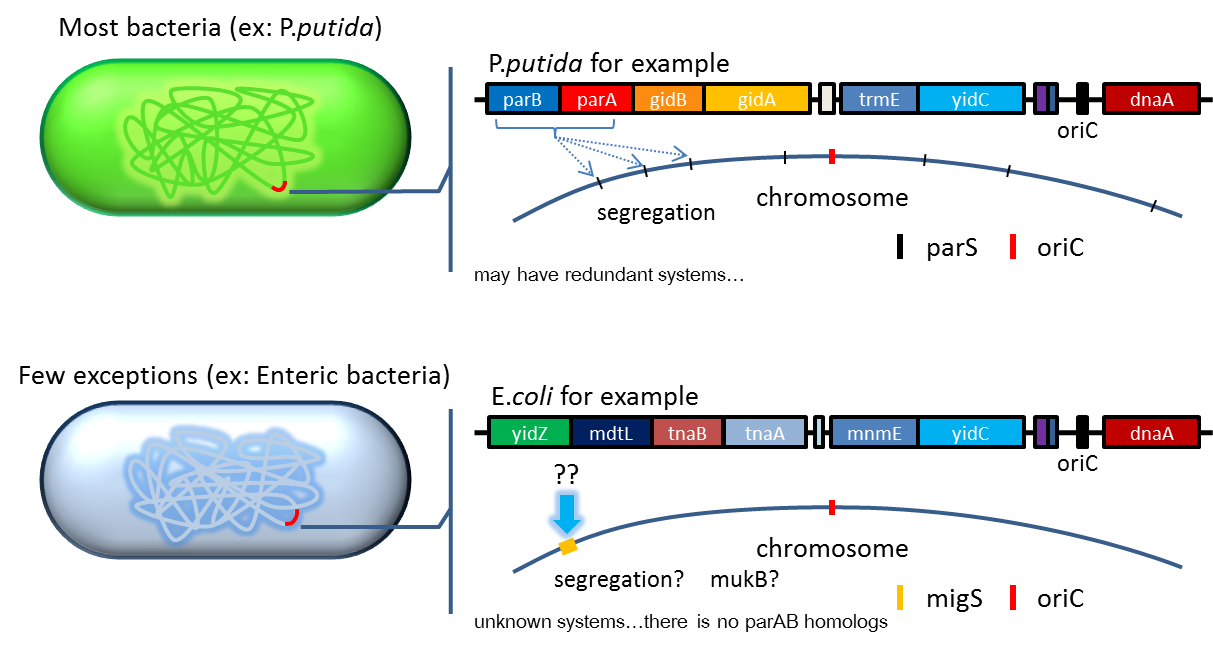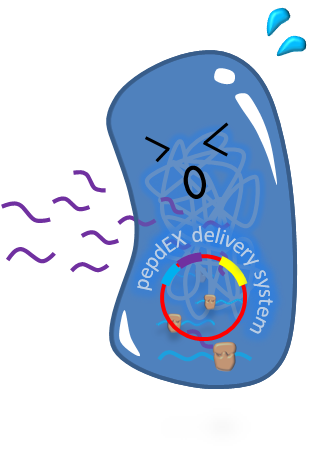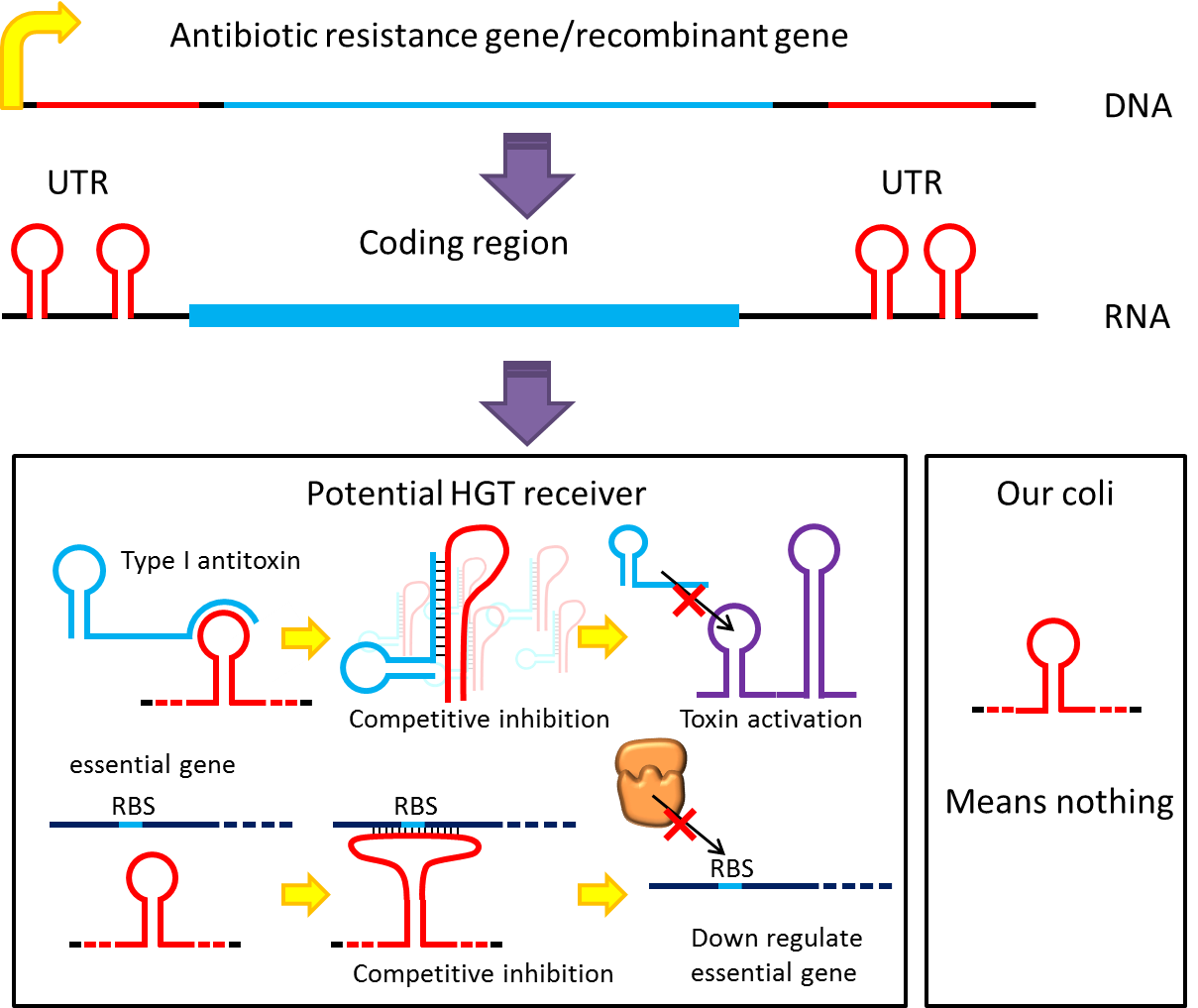Team:NTU-Taida/PEPDEX
From 2012.igem.org
(→Design) |
(→Design) |
||
| Line 84: | Line 84: | ||
<p class="lead">Post-segregation killing:srnBC toxin-antitoxin system</p> | <p class="lead">Post-segregation killing:srnBC toxin-antitoxin system</p> | ||
| - | [[FIle:NTU-Taida-bacteria-work-hard.png| | + | [[FIle:NTU-Taida-bacteria-work-hard.png|200px]] |
<html> | <html> | ||
Revision as of 19:23, 15 September 2012
Project
Testing Hero
Contents |
Overall project
In our project, we aim to utilize a microbe that responds to conditions in human body as an approach to administer smart peptide-based therapies. GLP-1, a human innate neuro-peptide for energy balance, is chosen to combat for obesity and metabolic syndrome. We engineer the non-pathogenic E. coli which senses fatty acids in intestines and secretes synthetic GLP-1. Appropriate signal peptides and penetratin are used to facilitate peptide secretion and intestinal uptake. Furthermore, we design a circuit with quorum sensing and double repressors, which aims to generate quick but sustainable responses and serves as an anti-noise filter. Plasmid stabilization modules including partition system and multimer resolution system are also incorporated to circumvent the undesirable loss or segregational instability of our artificial device. With this general concept of delivery of short peptide into human body, we can also target other human diseases with alternative circuit designs.
Project Details
hormone therapy-body weight control
Background
| header 1 | header 2 | header 3 |
|---|---|---|
| row 1, cell 1 | row 1, cell 2 | row 1, cell 3 |
| row 2, cell 1 | row 2, cell 2 | row 2, cell 3 |
Design
CPP File:Https://www.dropbox.com/s/1lnt1d2uo401rz6/123.mov fadR
Modeling
Results
Extension
peptide2
Background
Design
Modeling
Results
Extension
delivery circuit
Background
Design
Modeling
Results
Extension
Stability of delivery system
Briefing
As our system will function outside the labrotory and human gut lack for antibiotic selection pressure, the vector stability is the critical point that determine whether our system is applicable or not. Inspired by natural plasmid & transposable gene element, we cope up with vector instability by incorporating partition system, Multimer resolution system and toxin antitoxin system these modules into our design.
Background
plasmid instability
- multimer resolution system
- A description list is perfect for defining terms.
- partition system
- A description list is perfect for defining terms.
- Post-segregation killing
- A description list is perfect for defining terms.
Design
multimer resolution system:Tn1000(gamma delta) resolution system
partition system:from pseudomonas putida KT2440
Post-segregation killing:srnBC toxin-antitoxin system
| HEAD | head |
|---|---|
| 1 | 2 |
| 3 | 4 |
| 5 | 6 |
reference
- 1.reference one
- 2.reference two
safety of delivery system
Many turn off strategies have been developed, most of these are the inducible suicide system that can be activated at certain condition. For instance, in our project, we plan to use temperature and small molecule as activating signals( following picture). When the course of treatment ends administration of small amount of tetracycline agonist will induce bacterial death, leaving human body also cause suicide gene activation thereby avoid recombinant strain/gene pollutiing. And splitting suicide system to provide repression in trans can prevent plasmid transfering to wild type strains.
However, these design cannot totally eliminate the risk of horizontal gene transfer(HGT), which recombinant genes can move to other organisms independent of suicide system. So besides suicide system, we have a new idea to deal with these kinds of HGT risks by RNA interaction.
Expression well designed antisense RNAs have been shown to have inhibitory effect on target RNAs, and peptide nucleic acid (PNA) that antisense to antitoxin 5’RNA can cause bacteria death. Putting appropriate antisense RNAs on untranslated region of transcripts may interfere target RNA function or translation. This property can be used to prevent HGT. For instance, HGT is more likely to occur between related species, laboratory E.coli have inactivated all its hok/sok toxin-antitoxin system by mutation, but wild bacteria especially pathogenic bacteria have many active TA locus on its chromosome like E.coli O157 have many active hok/sok homologs. we plan to put a stem loop from hok mRNA which can pair with sok RNA 5’sequence on UTR of antibiotic resistance genes we used. IF wild E.coli steal our antibiotic resistance genes and express it, its antitoxin will be competitive inhibited and its toxin will express and kill the thief thus preventing HGT between lab & wild coli. This idea can have wide extension. Besides targeting antitoxin (functional RNA) of type I TA, designing antisense sequences that target RBS to down regulate targeted protein is also possible. Targeting antitoxin of type II TA, essential genes for metabolism, housekeeping genes and any sequences exist in potential HGT receiver but not our coli can be used. Even if the design cannot kill thieves, it can weaken receivers and reduce advantages antibiotic genes bring about thus reduce possibility and danger of HGT.
In the past the repression efficiencies of antisense RNA in bacteria are low, but by using the paired termini antisense RNA method or incorporate U turn/YUNR motif, these applications will become more and more feasible.
Level 1 of column
Modeling
Results
| HEAD | head |
|---|---|
| 1 | 2 |
| 3 | 4 |
| 5 | 6 |
Extension
 "
"


